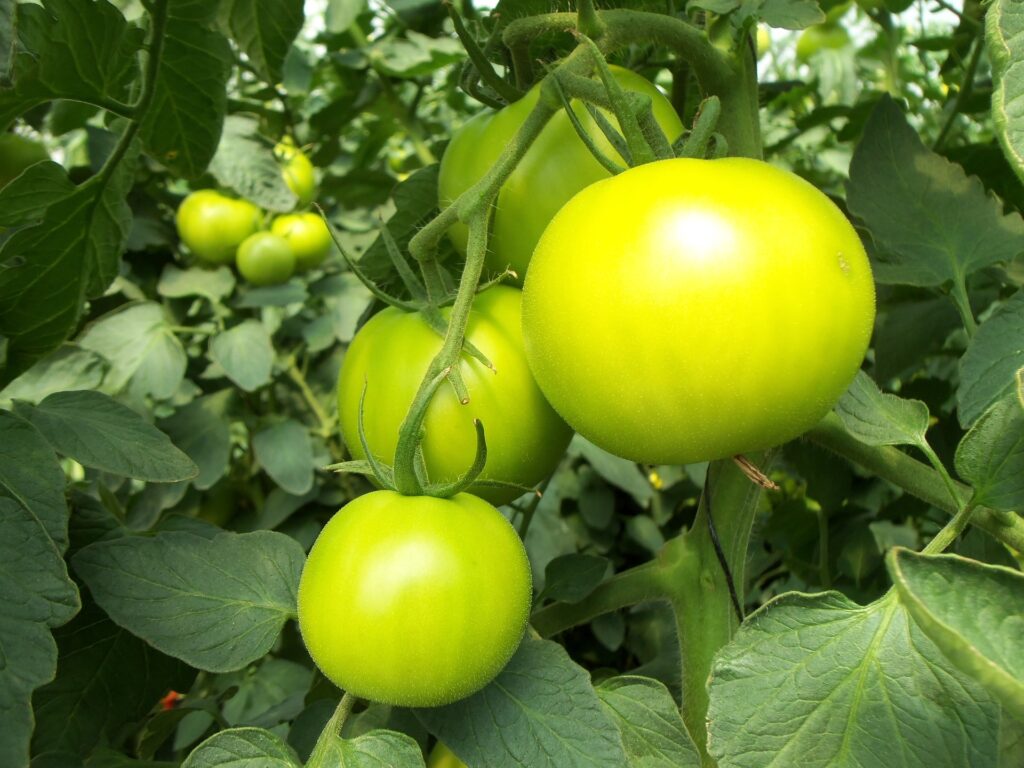Good and Bad of Hydroponic Systems

What are 5 advantages of hydroponics?
With the changing environmental factors more people are inclining towards healthier and fresh produce. Hydroponics systems are designed to provide complete indoor growth systems as well as commercial systems.
Saves Space
Hydroponics systems conserves space as compared to soil based plants. You can save up to 98 % of land as they can be grown both vertically and horizontally. As roots don’t have to spread out in search of nutrients and food because liquid rich food solution is delivered to them directly depending upon the hydroponic technique used. This results in growing more number of plants in relatively less space and in better controlled environment. Hydroponic farming techniques can be applied everywhere even if you are living in a small and cozy space.
Prevents water wastage
Plants grown in complete hydroponic systems use only 9-10 % water as compared to traditional field plants, because it is reused. The excess water is sterilized and revitalized to be used again. So only forms of water loss are through evaporation and leakage if any. Due to current water shortage issues conserving maximum amount of water is crucial which conventional irrigation systems makes impossible.
Calculations suggests that using traditional farming methods a single cup of lettuce uses about 3 gallons of water, 3 ounces of broccoli serving uses about 11 gallons of water.
Quality product in lesser time
A major advantage of hydroponic system is that it guarantees fast growth as you are completely in control of all environmental factors including temperature, moisture, minerals intake. Plants are placed in favorable conditions were their energies aren’t wasted on finding nutrients deep rooted within soil and can focus on thriving. In conventional farming ways fruits and vegetables are picked before they are ripe and stored in warehouses were sometimes they are sprayed with ethylene gas to artificially ripen as crops comes from far off places. Hydroponic farms contains own microbiomes, so these systems don’t need artificial ripening and can be enjoyed at very instant.
Less time and labor
hydroponic technology is efficient as you don’t have to spend ours prepping soil or maintain it during yield. Hence it offers significantly lesser load for laborers and can easily be managed in few man ours. A small hydroponic plant system can easily be managed my one worker.
Optimal use of nutrients free from pests
In ydroponics systems you ave complete control over your plants nutrient requiremnets. You can find out minerals are best for your plants growt and can mix it in water at desired intervals. As excess nutrient filled liquid is stored in tanks, there is minimal possibility of loss. Since no soil is involved, use of chemicals, insecticides, pests is eliminated. This allows clean and healthy growth.
Why hydroponics is bad?
A common complaint from hydroponic systems is the taste of its produce, as we aren’t used to rich nutritious vegetation. Hydroponic plants root have stunted growth because of limited space as compared to soil grown plants, as their roots get slow release of nutrient from soil in comparison to hydroponically grown, therefore the different in texture. You need to be vigilant while growing a hydroponic farm as a lot of artificial factor are involved. A minute mistake can break the entire system.
What are 3 disadvantages of hydroponics?
Requires proper expertise and commitment
Just like any other farming method hydroponics system also require sheer commitment and patience. Even a slightest mistake can totally jeopardize the entire system, so firm grip over all the technology and products involved is necessary.
Water and electricity
Water and electricity are the two main necessary components in hydroponics systems. You will need to ensure proper safety precautions as electricity is required for running water pumps, grow lights, depending upon the type of system you are using.
Expensive installation cost
Unfortunately hydroponic farming involves expensive equipment for first installation, so you can’t set it up if empty handed. You will require quality nutrients, water tanks, lighting solutions, filters and many other products.



